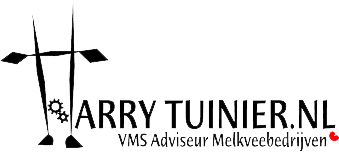Fresh air!
Stagnant water, such as that in ponds and ditches, is known to allow dirt, bacteria and germs to survive and spread easily. That is usually easy to see. They often become “stink ditches”.
Drinking troughs could have the same effect. Therefore, watertroughs has to easily be able to flushed easily and / or be refreshed regularly.
However, also not moving air is bad. Since you can’t see that and we get used to the smell of the stall, it doesn’t stand out. See the Tip about ventilation from August 2011.
Especially the highly producing or unfit cows have issues with effects deriving from still air.
Cows that have to produce a lot of milk also need a lot of oxygen.
Always make sure the air in the stall is moving!
Fresh air is a pleasure for the cows as for people, also in the robot room or milking parlor.
Set the fans at the lowest setting and open the windbreak curtains on (one?) side earlier and more often. Consider that even in the winter when it is not even warm, saturated air should be replaced by fresh air!






